“You’re going to have to let it hurt. Let it suck. The harder you work, the better you will look. Your appearance isn’t parallel to how heavy you lift, it’s parallel to how hard you work.”
Joe Manganiello, Actor and one of the Fittest Men of All Time
What’s PPL SPLIT?
You don’t just hit the gym, do your workouts without a plan and complain it’s not successful. A good training is a proper structure worked out. Of all the different workout routine, the Push, Pull, Legs (PPL) regime is a game-changer. The magic of PPL is the ability to ensure that no muscle group is left behind. PPL is a pretty simple concept: You commit a day to Pushing, one to Pulling Movements and one day toward lower body. The great thing about this system is, you can prevent overtraining, promote balanced muscle development and keep things exciting. Your muscles will thank you, and you’ll be well on your way to becoming the architect of your fitness success.
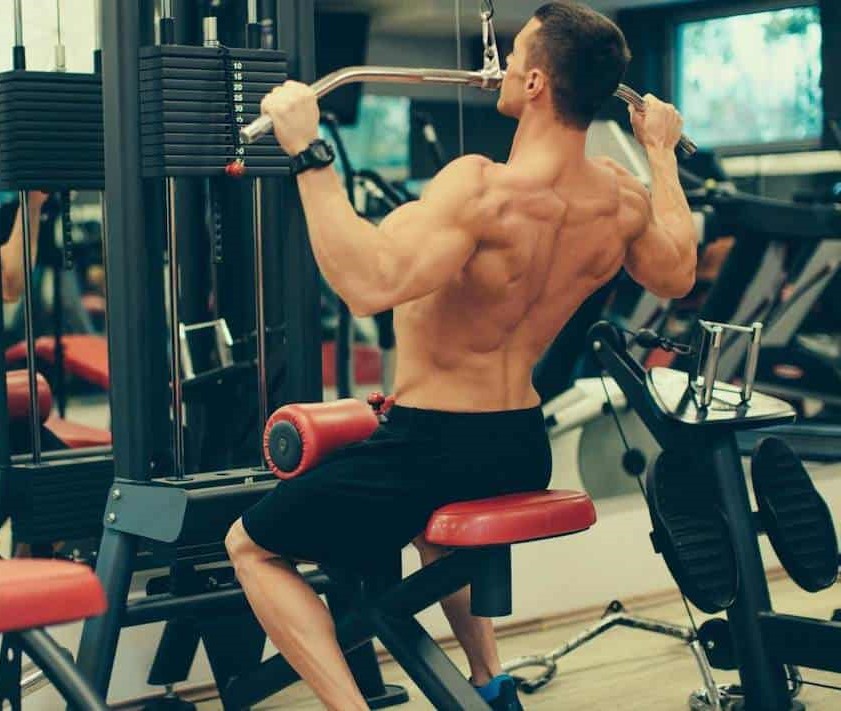
Push: Push moves engages your chest, shoulders, and triceps, like bench presses and shoulder presses. It’s giving your upper body a tailored workout session.
Pull: Pull exercises involve your back, biceps, and even those rear shoulder muscles. Pull-ups, rows, and curls are your go-to moves here. It’s like sculpting a well-defined upper body masterpiece.
Legs: Leg workouts involve exercises like squats, lunges, deadlifts, and calf raises. It’s all about building a solid foundation for your body.
What makes this routine stand out? Well, it’s like giving each muscle group its own spotlight. By dedicating specific days to these categories, you’re not only preventing burnout but also giving yourself a balanced and effective workout. Plus, the built-in recovery time for each muscle group means you’ll be ready to tackle each session head-on.
And here’s the beauty of it: you’re the artist. This means it doesn’t matter whether you’re looking for a challenge or a beginner taking those first steps, PPL can be customized by your pace and goals.
Some Interesting FACTS
- Looking to sculpt your shoulders? Push exercises have your back, or rather, your front and side. Your anterior and lateral deltoid muscles get a solid workout.
- PPL is adaptable to various fitness levels. Beginners can start with lighter weights and fewer sets, gradually progressing. Advanced individuals can increase volume and intensity.
- PPL doesn’t typically emphasize cardio, but cardio sessions can be incorporated on rest days to enhance cardiovascular fitness.
- From barbells to dumbbells, resistance bands, or even just your body weight, push exercises give you the freedom to choose the equipment that suits your style.
- Your push exercises work hand in hand with pull exercises to create a balanced upper body-physique. This means you’re not just strong but proportionate in all the right places.
- Especially with compound movements, push exercises can contribute to burning calories. They demand energy and help raise your heart rate, supporting calorie burn.
Understanding PUSH WORKOUTS: Which Key MUSCLES are Targeted
When you push heavy objects, this is the from your chest, shoulders and triceps. Well, that’s the essence of push workouts. It’s you, engaging these specific muscle groups to their fullest potential.
Chest (Pectoral Muscles): Your chest muscles or the “pecs,” form those impressive fan-shaped muscles in the upper front of your torso. They’re your reliable team whenever you’re involved in arm movements, especially when you’re pushing your arms away from your body. Your chest isn’t just any muscle group – it’s a powerhouse that significantly contributes to your upper body strength and overall appearance.
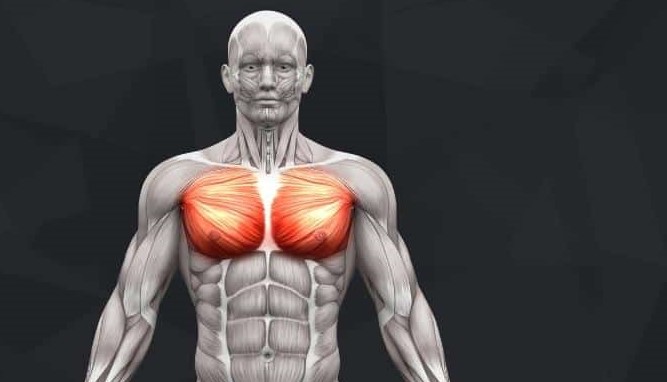
Shoulders (Deltoid Muscles): Your deltoid muscles consist of three separate heads – the anterior, lateral, and posterior portions – which form a protective shield around your shoulder joint. They’re your trusted allies for various upper body actions, such as lifting and rotating your arms.
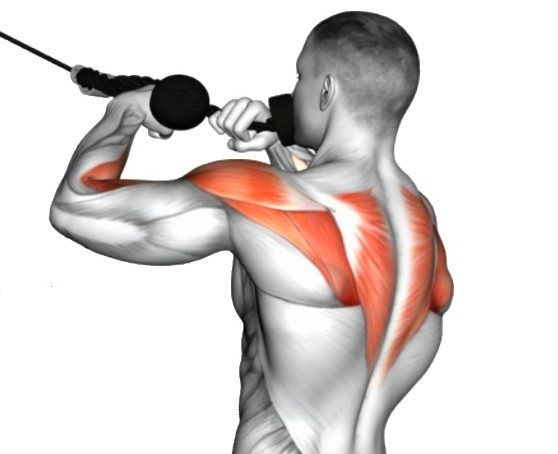
Triceps (Triceps Brachii): Your triceps brachii, or the triceps, find their spot on the back of your upper arm. This muscle group is comprised of three heads: the long head, lateral head, and medial head. When it comes to action, your triceps take the lead in extending your elbow and are essential for various pushing movements.
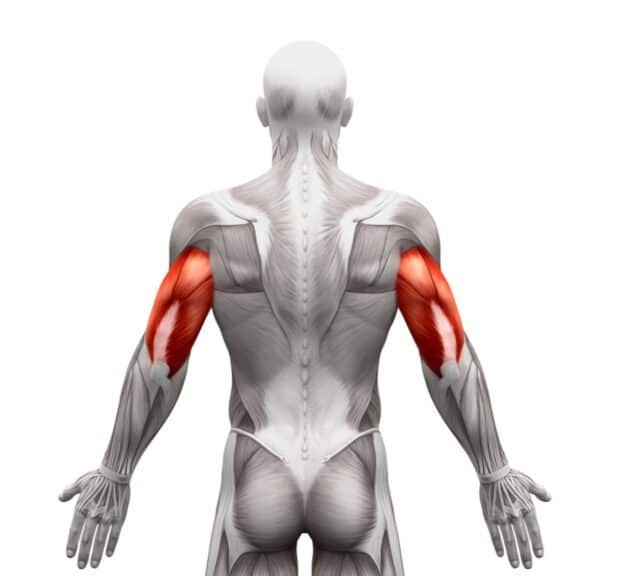
Push Routine (PPL): If You Are A Beginner
- Modified Push-Ups: Ready to kick off the push-up party? Start with knee push-ups or incline push-ups against a stable surface like a bench. Don’t forget to maintain proper form and gradually progress to standard push-ups.
- Machine Chest Press: Use a chest press machine at your gym – your trusty sidekick on this muscle-building journey. Feel that support? Your chest muscles sure do!
- Dumbbell Shoulder Press: Grab a seat, get some dumbbells, and let’s press those shoulders to stardom! This exercise engages your shoulders and triceps for stability.

- Assisted Dips: Resistance bands and assisted dip machines – your dynamic duo for tricep triumph! This helps you build triceps and shoulder strength.
- Seated Arnold Press: Ready for a seated shoulder sensation? Sit on a bench and press dumbbells while rotating your wrists. This targets your shoulder muscles from different angles.
- Incline Dumbbell Press: Lie on an incline bench and press dumbbells upwards. This variation emphasizes your upper chest muscles.
- Tricep Bench Dips: Use a stable bench or chair to perform tricep dips. This targets the back of your arms.
- Resistance Band Pushdowns: Attach a resistance band to a sturdy anchor and perform tricep pushdowns. This is a great way to work your triceps without heavy weights.
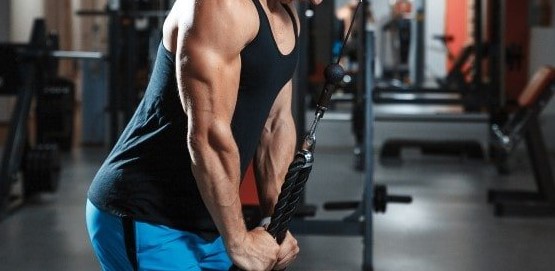
- Standing Dumbbell Lateral Raises: Hold dumbbells by your sides and lift them outwards. This targets your lateral deltoids and gives your shoulder stability.
- Chest Squeeze Push-Ups: Time to give your chest muscles a squeeze – literally! Place a ball or cushion between your hands and watch your chest muscles embrace the challenge. It’s like a chest hug, gym style!
- Seated Tricep Extensions: Sit on a bench and use a dumbbell for tricep extensions. This isolates your triceps effectively.
- Bodyweight Shoulder Taps: While in a plank position, tap your opposite shoulder with each hand. This challenges your core and shoulders.
For THOSE Who Want SERIOUS GROWTH
In this video, I show you how much harder you can do the PPL workout than the ones you have seen before.
It’s the most disgusting, but most rewarding push workout – GUARANTEED to get that RESULTS!
Let’s turn that toaster strudel body of yours into something great!
SETS/REPS:
Start off by what I call as PRIMING.
Cable Flys (2 sets each – low/mid/high): 6 sets / 20 reps
Make sure you keep those shoulders back, flexing and contracting your chest.
Well, the straight sets – that’s insulting! So, Slight Incline DB Press (Rest Pause + 2 sec hold at top & Bottom): 3 sets / Shoot for 15 on your first rest pause set (3 “pushes” = 1 set).
DB Fly + Wide Grip Decline Pushup: 3 Sets / 15 – 20 reps & failure
Make sure to hit every head of that delt – the anterior delt, lateral head, posterior delt.
DB Shoulder Lunch Line: 5 Sets “one set = all 3 exercises” (very little rest in between) / 15 – 20 reps of each 2
Tricep Cable Exercises: 10 Sets total “very little rest in between / 20 reps each
Pushing Your Limits
Visualize yourself pushing through a tough set, feeling the burn in your muscles. Push workouts are all about gradually increasing the weight and intensity. Imagine adding a bit more weight to the barbell or dumbbells, challenging your muscles to adapt and grow stronger.
What Science Says:
Here’s some science-backed knowledge – strength training isn’t just safe, it’s an exciting path to amplify those muscle gains. But, what about frequency? Recent research supports the view that embracing more workout sessions might just be your ticket to those muscles. Well, another study featured in the Journal of Strength and Conditioning Research shows that compound exercises like the bench press don’t just play a solo act; they bring in the pectoralis major, the anterior deltoids, and the triceps, all in a stunning ensemble.
And here’s more;
- When you lift weights or push things, like in push-ups, your muscles start making new proteins and adapt to get stronger over time.
- Push exercises are important for making your upper body strong. Scientists found that doing push exercises regularly can help you lift heavier things and keep going for longer.
- Push exercises, especially ones like push-ups, make your bones stronger and less likely to get brittle.
- When you do push exercises that work lots of muscles together, your joints become more stable. This is especially true for your shoulders, chest, and triceps. Stronger muscles mean fewer chances of getting hurt.
- And, you get to burn that extra calories! With Push exercises you burn those calories even after you’re done. This is great for losing that fat and managing your weight.
- High-intensity push exercises mean, you release those special hormones like testosterone and growth hormone, which are your helpers, making your muscles grow and repair.
- Then, there is the challenge of how your muscles and brain work together – well, over time, they do work better together. You will realize your movements are smoother and more controlled.
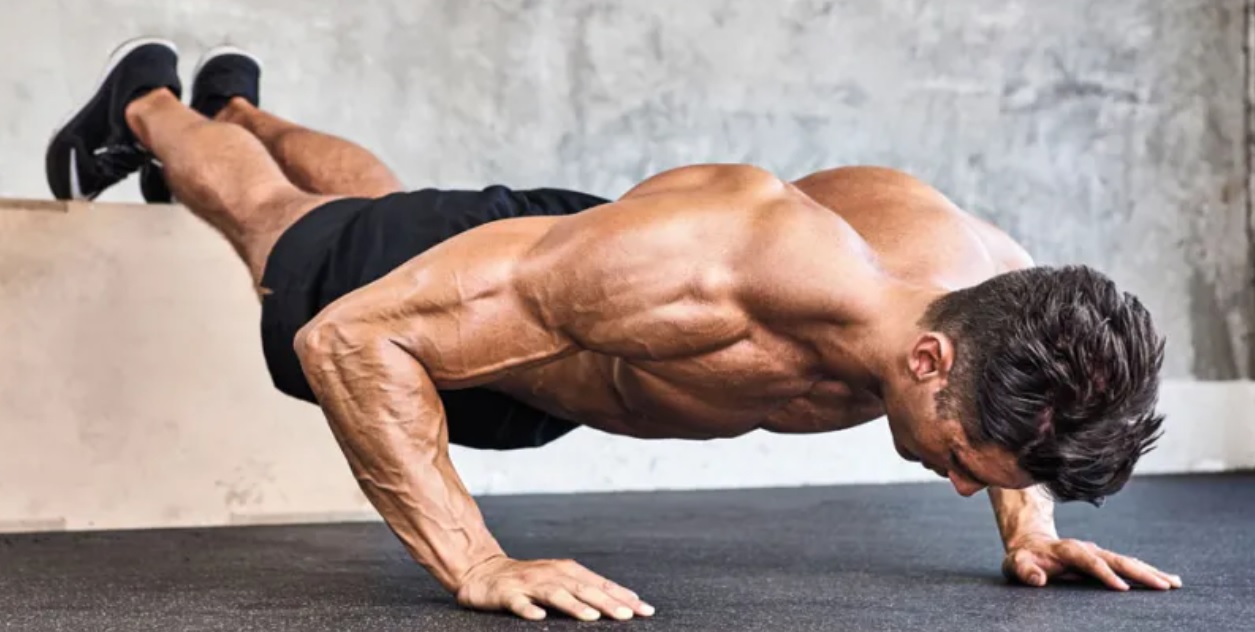
Preventing Injuries:
Here are some essential tips for you:
- Warm-Up Properly: You not only increase blood flow to those muscles but also improve your flexibility and can reduce the risk of injury.
- Gradually Increase Intensity: Watch out with the intensity. Progress gradually and avoid sudden jumps in intensity, this can strain those muscles and joints.
- Use Proper Form: You should know that correct form is very important – or – you are going to get hurt! If you’re not sure, get a certified fitness trainer.
- Rest and Recovery: You need that recovery time – give yourself a good rest between workouts, this helps with not just the muscle growth, but the repair also.
- Listen to Your Body: Pay attention. If you experience pain, stop the exercise and give yourself time to recover.
- Include Flexibility Exercises: It’s a must that you include stretching and flexibility exercises in your routine. Improved flexibility cuts the risk of muscle strains and joint injuries.
- Invest in Good Gear: Wear the right workout outfit and use well-fitted, supportive shoes for stability.
Frequently Asked Questions (FAQs):
Why are push exercises important in a balanced workout program?
Push exercises are important if you want that well-rounded and balanced physique. While pull exercises focus on pulling movements, push exercises emphasize pushing movements, so all major muscle groups in your upper body are engaged. This balance gives you that functional strength, posture improvement, and overall symmetry.
Can beginners incorporate push exercises into their PPL routine?
Yes, beginners can integrate push exercises into their PPL routine, but you need to start with lighter weights and focus on mastering proper form and technique. Gradually increasing the intensity over time allows beginners to build strength and avoid injuries.
How do I progress in push exercises to ensure consistent gains?
Progression is essential for continued gains in push exercises. Gradually increase the weight you lift, the number of repetitions, or the level of difficulty of the exercises. Progressive overload challenges your muscles, leading to adaptation and growth over time.
Can push exercises help with fat loss and calorie burning?
Push exercises involve the multiple muscle groups and elevates your heart rate. When you combine it with a balanced diet and proper cardiovascular training, yes, push exercises can support fat loss and calorie burning.
Are there any modifications for push exercises if I have pre-existing shoulder or wrist issues?
In that case, it’s better you consult with your physical therapist. They can help you with modifications or alternative exercises so you don’t cause further injury.









